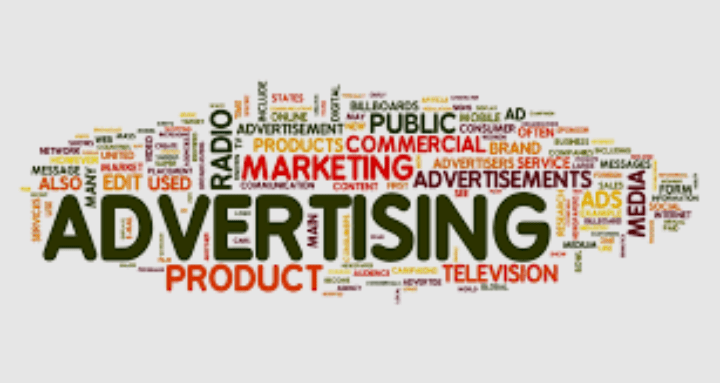Online advertising is a marketing strategy which involves the use of the Internet as a medium to obtain website traffic and target and deliver marketing messages to the right customers. Online advertising is geared toward defining markets through unique and useful applications.
Since the early 1990s there has been an exponential increase in the growth of online advertising, which has evolved into a standard for small and large organizations.
Online advertising is also known as Internet advertising or Digital Advertising.
A major advantage of online advertising is the quick promotion of product information without geographical boundary limits. A major challenge is the evolving field of interactive advertising, which poses new challenges for online advertisers.
Online advertisements are purchased through one of the following common vehicles:
- Cost per Thousand (CPM): Advertisers pay when their messages are exposed to specific audiences.
- Cost per Click (CPC): Advertisers pay every time a user clicks on their ads.
- Cost per Action (CPA): Advertisers only pay when a specific action (generally a purchase) is performed.
Examples of online advertising include banner ads, search engine results pages, social networking ads, email spam, online classified ads, pop-ups, contextual ads and spyware.
Online advertising for every business need brand awareness, mores sales, more conversion and others but that can only be achieved through advertising. But the question remains which form of advertising will be more result driven, cost effective, and achieve that?
Related: How Brain of Girls and Boys Produces Equal Math Ability

Can online advertising solve that problem? Absolutely, online advertising is the answer to cost effective and result driven form of advertising.
Factually, some companies in the past few years leveraged the online form of advertising as well as sponsored posts and other various forms of digital marketing jettisoning the usual traditional form of marketing. And their returns were quite impressive.
If you wish to give advertising your business a trial and see how it changes the performance of your entire business for good, why not start with our 1 Month free trial today without having to spend any amount of money then experience a huge turn around for your business.
Online advertising is any type of marketing message that shows up with the help of the Internet. That means it could appear in a web browser, search engine, on social media, on mobile devices, and even in email.
Savvy advertisers are increasingly making use of this forum for reaching consumers, for a number of reasons:
- It’s relatively inexpensive
- It reaches a wide audience
- It can be tracked to measure success (or failure)
- It can be personalized for a target audience
Indeed, online advertising is only growing in scope, as new avenues for marketers pop up (think ads delivered through text message or marketing messages delivered to users in a certain area, known as geo-targeting).
But, while some of the ads are less common or just gaining traction, there are plenty that we’re exposed to multiple times every day. Let’s take a look at some of the most popular types of online advertising.
Types of Online Advertising
Whether you’re surfing the web or just checking your email, you can’t really get away from advertisements delivered in a digital setting. Here are some of the most popular types.
Display Ads
Probably the oldest form of online ads, display ads, appear as everything from banners of all shapes and sizes to text ads relevant to the content of a page. You might find an AutoZone display ad on a popular car blog or a banner ad promoting the newest products at Sephora on a popular beauty or cosmetics blog.
Email Ads
Email ads are such a popular form of online marketing that many consumers don’t even think about them being advertisements. Open your inbox and you’re likely to see advertisements promoting new services from your cable provider, special offers on children’s clothes from Macy’s, or the latest cell phone gadget from Samsung or Apple. Email ads sometimes come in the form of coupons or newsletters.
Native Ads
Then there are native ads that are disguised in the form of a sponsored post: for example, Virgin Mobile doing a post titled ”6 Texts to Copy and Paste to Break Up With Your Significant Other” on Buzzfeed, or in the form of an advertorial, an online (and sometimes print) ad designed to look like editorial content but promoting a product or service.
Airbnb had a successful native ad placement with The New York Times, tracing the path of immigrants from other countries into the United States at Ellis Island. It is interesting and informative and advertises Airbnb in a discreet way with a small logo at the top.
Social Media Ads
Whether it’s Facebook, Twitter, or YouTube, marketing messages are everywhere on social media platforms. From Facebook ads to sponsored tweets and ads that pop up between YouTube videos, social media is an effective place for marketers to reach their audience because we spend so much time scrolling through our newsfeed, commenting, liking, and sharing.
A newer form of social media advertising are sponsored filters on apps like Snapchat that tie in a fun component, like a taco face filter, with a sponsorship by Taco Bell.
